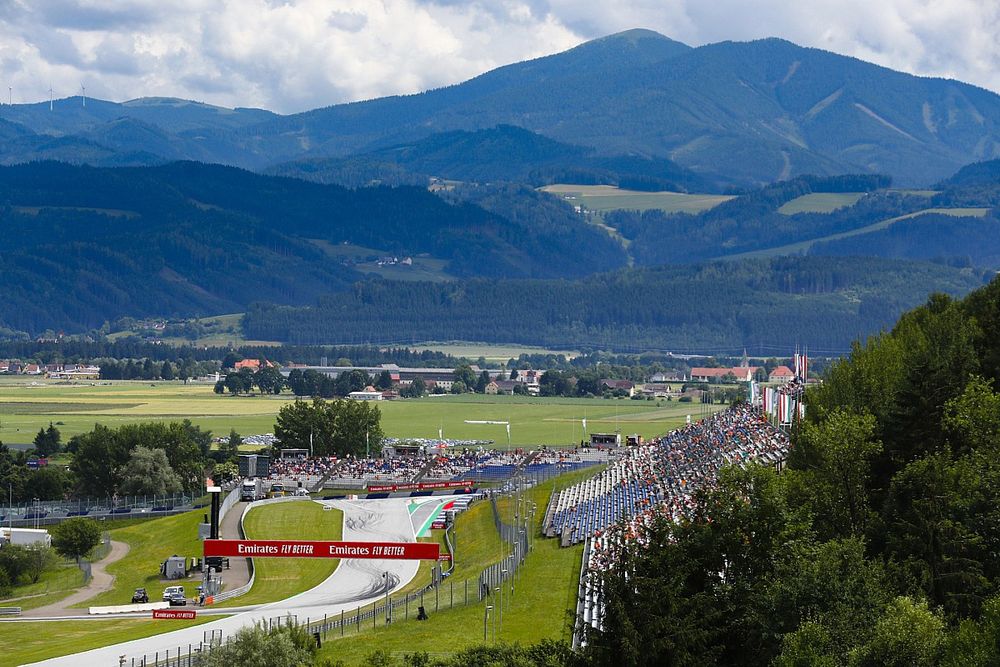The Austrian Grand Prix occurred on the 2nd of July, 2023, at the Red Bull Ring. Ten teams competed against each other around this 4.318 km (2.683 mi) high-speed corner circuit. Max Verstappen emerged victorious at the Austrian Grand Prix by securing first place, while Charles Leclerc came in second.
After a drought of podiums, Sergio Perez returned to the winner’s table by securing third place on the finishing grid. However, the race was unpleasant for Hamilton, Carlos, Ocon, De Vries, Alex, Tsunoda, Gasly, Sargeant and Magnussen, as they received numerous penalties for track limit violations.
What are track limits?
For an F1 novice, track limits are represented as the white line surrounding the racing track. If a racing car’s four wheels cross that line, the FIA (Fédération Internationale de l’Automobile) will penalize the driver for “exceeding track limits.”
A common sight seen during the races is a black and white flag. This is shown when a racer overextends track limits for the third time, which marks the final warning. This is also known as the third strike during the race.
If the rules are disregarded for a fourth time, a five-second time penalty is gift-wrapped to the driver. If further regulations are violated, then a severe 10-second penalty is placed against the driver.

Turn ten is the best example to showcase for explaining track limits. As a driver reaches the fast-speed corner, he must turn through the outside line, which forces him out of the track. Hence the track limit violations are brought upon the drivers.
Why did so many drivers get penalized for track limits in Austria?
The Austrian Grand Prix is a marvelous spectacle but has its pitfalls. The track, which promises us four DRS-enabled straight zones, also provides the drivers with the maximum penalties for exceeding the track limits at turns nine and ten. This does not occur in any other circuit, and many drivers griped about this rule on the team radio considerable times.
“Very strongly recommend that a solution be found to the track limits situation at this circuit”, commented the stewards after the race. At the same time, the FIA said they will “renew” their recommendation that the Red Bull Ring comes with a gravel trap at the exit of turns nine and ten.
The addition of a gravel trap has previously been suggested by the two-time world champion Max Verstappen. But this solution is harder to implement because MotoGP is also taking place at the Red Bull Ring. The gravel traps are unsuitable for bikes even though they are ideal for formula one cars.
The list of drivers who were penalized during the Austrian Grand Prix was as follows;
- Lewis Hamilton [Track Limits] +15
- Carlos Sainz [Track Limits] +15s
- Esteban Ocon [Unsafe Release and Track Limits] +35s
- Nyck de Vries [Forcing Magnussen off the track and Track Limits] +20s
- Alex Albon [Track Limits] +15s
- Yuki Tsunoda [Track Limits x4] +20s
- Pierre Gasly [Track Limits] +15s
- Logan Sargeant [Track Limits] +15s
- Kevin Magnussen [Track Limits] +5s

It is a fact that Max did not face any hiccups at the Austrian Grand Prix, meaning he is a driver fit for all terrains. Perhaps other drivers should focus more on improving their skills instead of just complaining about the venue.








